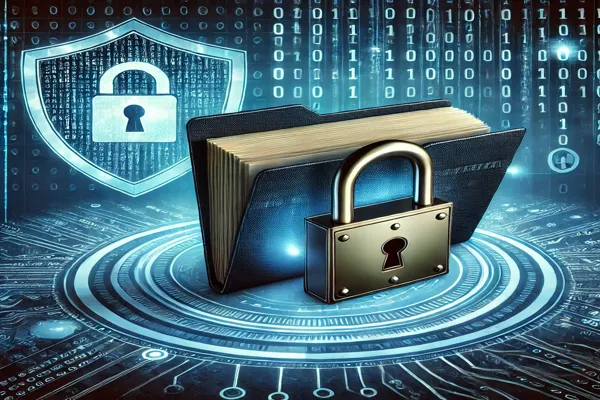
Guide to Secure File Storage and Transfers
File storage and transfer are crucial aspects of our digital lives. However, ensuring the security of your files can be challenging. This guide provides essential strategies to protect your files from unauthorized access and cyber threats. Let’s explore how you can store and transfer files securely.
What is Secure File Storage?
Secure file storage refers to safeguarding your files from unauthorized access or alterations. A good storage system ensures that only you or authorized individuals can access your files. Encryption, passwords, and secure storage solutions play a vital role in maintaining file security.
Beware of Phishing Attacks
Phishing attacks are a persistent threat that tricks users into revealing sensitive information. These attacks often involve fake emails or websites designed to steal credentials. To stay safe:
Always verify the sender’s email address.
Avoid clicking on suspicious links.
Use multi-factor authentication where possible.
Types of Secure Storage
There are several methods to store files securely:
Cloud Storage – Stores files online with encrypted access.
External Hard Drives – Provides offline storage with enhanced security.
Encrypted USB Drives – Uses encryption to lock files, ensuring only authorized access.
Each of these methods has its benefits depending on your security needs and accessibility preferences.
Why is Secure File Storage Important?
Secure storage is essential for protecting personal and business information. It prevents data breaches, identity theft, and unauthorized access. Additionally, businesses must comply with data protection laws, making security a priority.
Risks of Unsecured Storage
Failing to secure your files can result in severe consequences, including:
Identity theft
Financial fraud
Privacy breaches
These risks highlight the importance of using reliable security measures to safeguard your data.
How Can You Enhance File Storage Security?
To strengthen your file security, consider implementing these strategies:
Use strong, unique passwords.
Enable two-factor authentication.
Encrypt sensitive files.
Regularly update your security software.
Best Practices for Creating Strong Passwords
A strong password is a key element in securing your files. Follow these tips:
Use a mix of letters, numbers, and symbols.
Avoid personal information (e.g., birthdays, names).
Generate unique passwords for different accounts.
Utilize a password manager for storage and retrieval.
What is Secure File Transfer?
Secure file transfer ensures that your files remain protected while being sent between individuals or devices. Encryption and secure protocols prevent unauthorized access or modification during transmission.
Common Secure Transfer Methods
Several reliable methods exist for securely transferring files:
Secure FTP (SFTP) – Encrypts file transfers for secure transmission.
Virtual Private Networks (VPNs) – Encrypts data while transferring over the internet.
Encrypted Email Attachments – Protects email attachments from unauthorized access.
Secure File-Sharing Services – Uses encryption and authentication for secure file exchanges.
How to Transfer Files Safely
Follow these steps to enhance file transfer security:
Choose a secure transfer method.
Encrypt files before sending.
Use strong passwords for file access.
Verify the recipient’s identity.
Send access details separately from the file.
Secure Email Attachment Tips
Email attachments are a common file transfer method but can be vulnerable. To secure email attachments:
Encrypt important files before sending.
Use a secure email provider.
Avoid sharing sensitive information in email bodies.
Double-check recipient details before sending.
Avoiding Common File Security Mistakes
Many people make errors that compromise file security. Some common mistakes include:
Weak or reused passwords.
Neglecting file encryption.
Using public Wi-Fi for sensitive file transfers.
Ignoring software updates.
Sending file access credentials alongside the files.
How to Prevent These Mistakes
To avoid these security pitfalls:
Use a password manager for strong passwords.
Set up automatic file encryption.
Always use a VPN on public networks.
Enable automatic security updates.
Share access credentials separately from the files.
Take Action to Secure Your Files
Protecting your files is essential to safeguarding your privacy and security. Implement strong passwords, encryption, and secure transfer methods to keep your data safe.
Need help securing your files?
Reach out today to set up a secure system and prevent data breaches.
Don’t wait—take action now to protect your critical information!